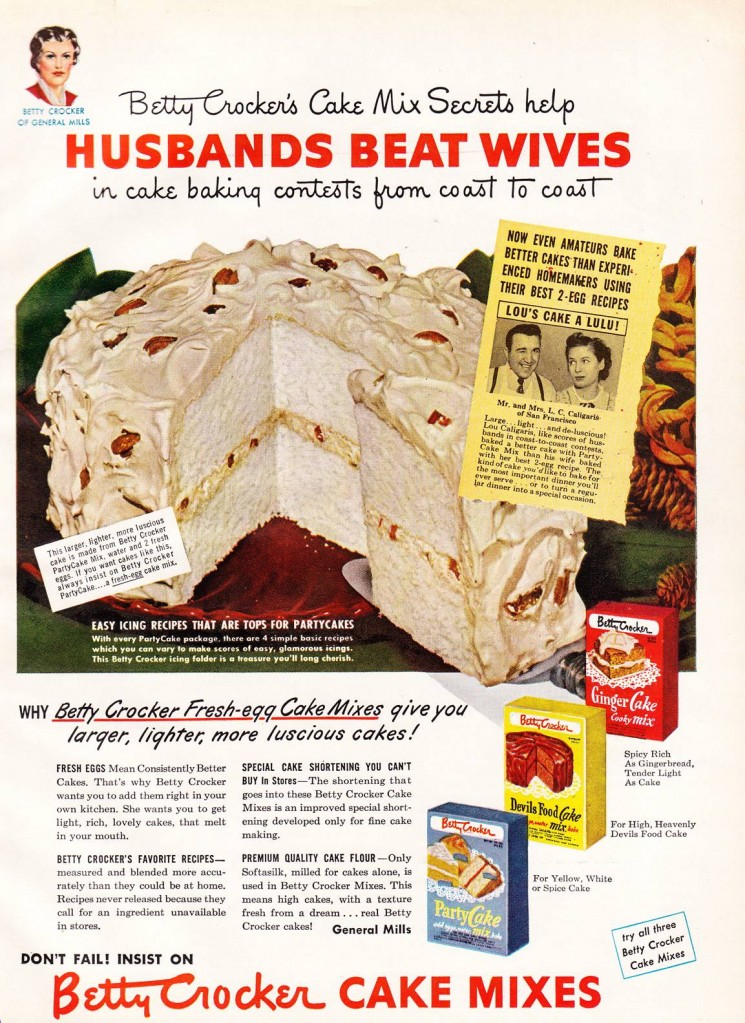This was originally posted at Jezebel by Lindsay Robertson. Thanks to Chloe A. at Feministing for drawing our attention to it as a possible cross-post!
————————————
Last night, ABC used hidden cameras and actors to see what regular people would do if they saw an obviously abused woman being harassed by her boyfriend. A lot of regular people failed the test.
The highly-successful 20/20 spinoff What Would You Do? brings social experiments to television, using variables to test how ordinary people react to situations such as seeing someone steal a bike in a park, or witnessing a deli clerk give a blind man incorrect change. Lately, the show has been raising the stakes, and last night reporter John Quiñones showed us what restaurant diners do when they see a very obviously bruised woman getting picked on by her boyfriend at a nearby table.
As they often do, the producers used different variables to see if they changed the outcome, staging the scene with both white and African American actor “couples” to see if race affected bystanders’ willingness to step in. In both cases, the actresses were helped by fellow diners (though fewer men got involved with the African American couple):
![]()
![]()
But then they tried a different variable: the women’s clothing. When the same actresses dressed “provocatively,” and we’re talking clothing that’s pretty average for a Saturday night, not Julia Roberts’ blue-and-white monokini-thing in Pretty Woman, nobody came to their rescue. Diners complained to the staff that the couple were “upsetting customers” and one man told the abusive boyfriend actor that the two were “embarrassing themselves as a couple,” but nothing like what happened when the women were dressed conservatively occurred in this case, and in fact, two middle-aged female witnesses joked with each other about the beaten-up woman being a prostitute.
![]()
While obviously the show is highly unscientific (notice that in the second video, the white actor is inexplicably dressed up in a suit) and meant for entertainment, it can’t be a bad thing to force viewers to think about issues such as racism or domestic violence. Maybe the next time they see someone being abused, they’ll be more likely to step up. (After all, they might be on TV!)
What Would You Do? [ABC]
Send an email to Lindsay Robertson, the author of this post, at lindsay@lindsayism.com.




